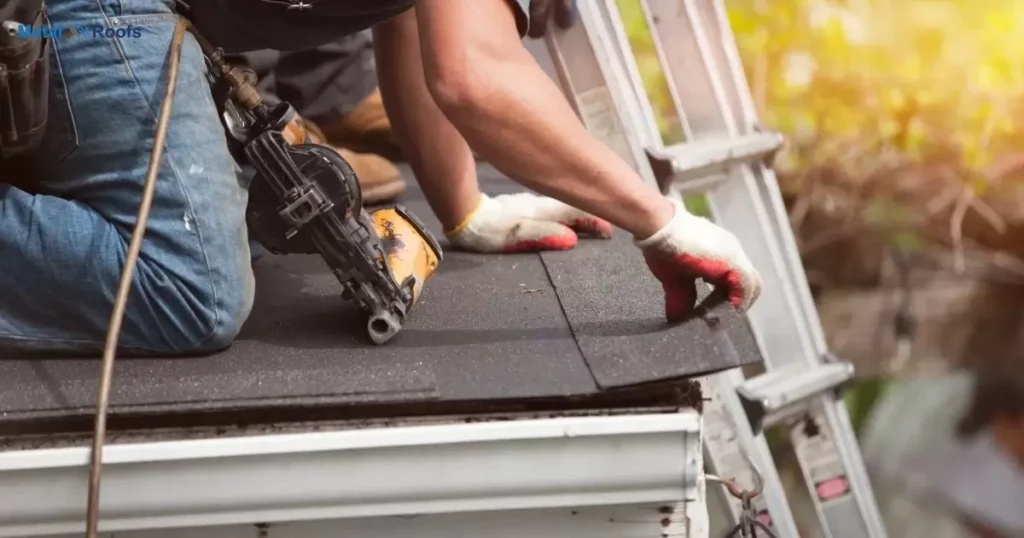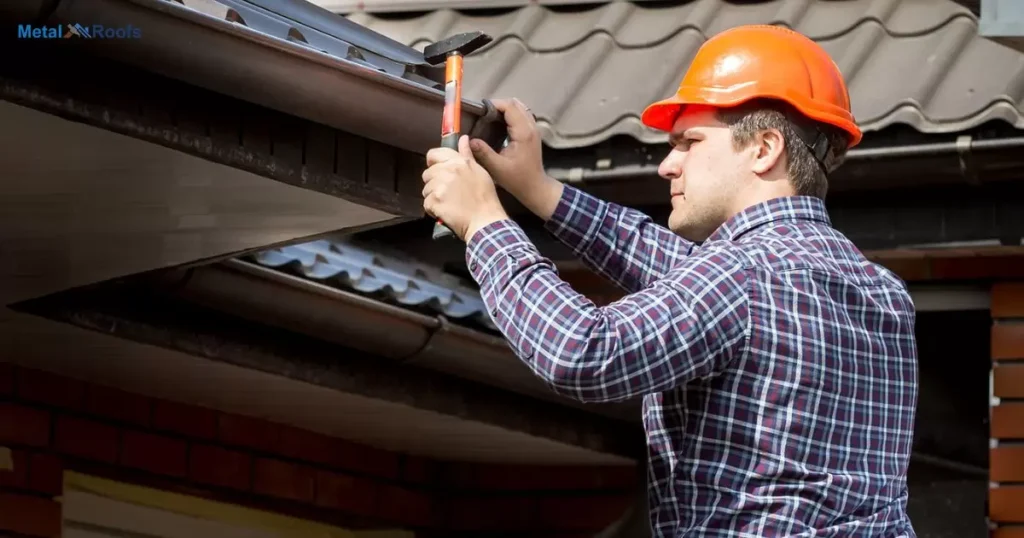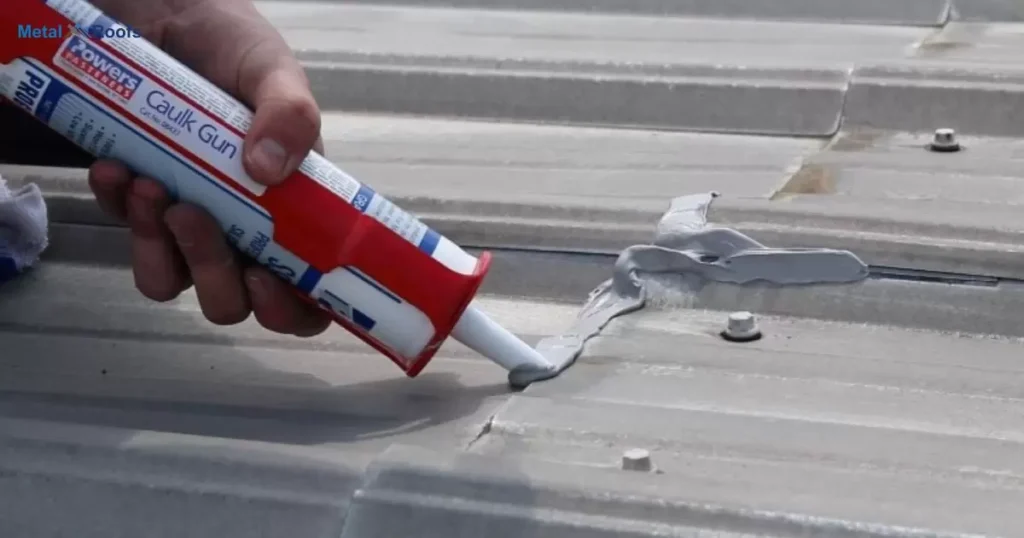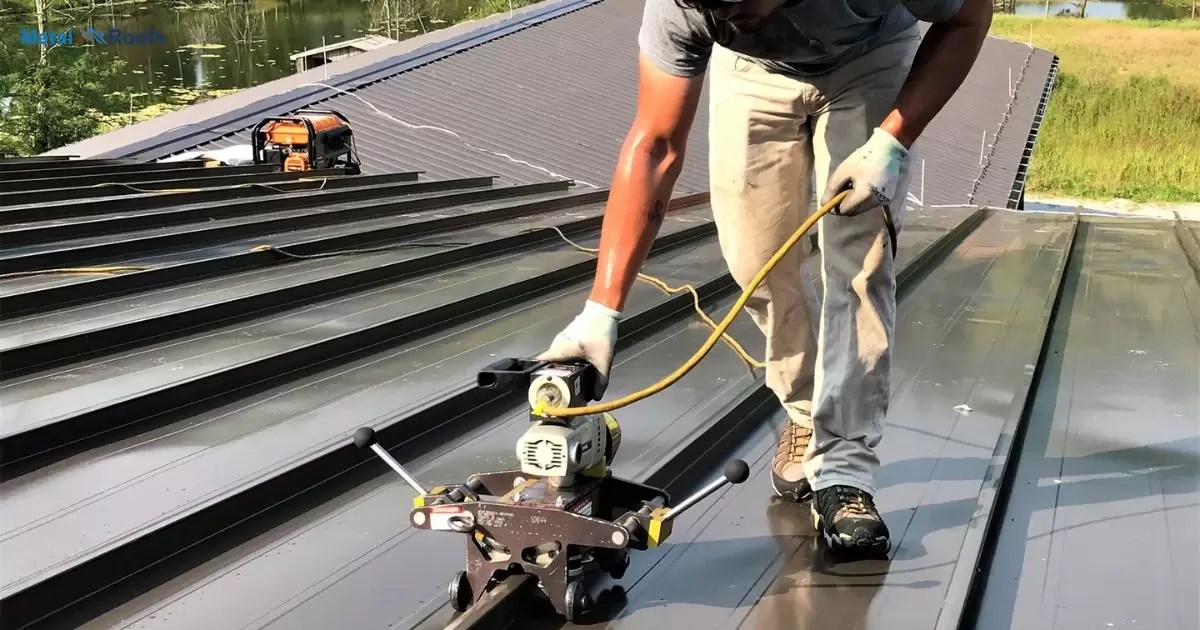Metal roof needs a sealant coating. Prevents leaks and rust damage. Apply sealant after roof cleaning. Use a brush or roller for sealant. Let the sealant dry completely after. Recoat metal roof every few years. Proper sealing extends roof lifespan.
Metal roofs need proper sealing. Leaks and rust are major concerns. How to seal a metal roof? Cleaning the surface is a must-do first. Apply quality sealant evenly across. Let it fully cure and dry. Recoat periodically to preserve the roof.
Sealing with butyl tape on metal roof is essential for protecting the roof from sun, rain, and snow, extending its lifespan and preventing leaks, rust, and damage. Regular recoating with Butyl Tape On Metal Roof keeps the roof looking new and ensures its durability over time.
Key Takeaways
- Start by cleaning the metal roof to remove dirt, rust, and old sealant.
- Use silicone-based or elastomeric coatings for durability and weather resistance.
- Apply the sealant evenly on the entire roof surface, including seams and edges.
- Inspect and Maintain: Regularly inspect and maintain the sealed roof to ensure long-lasting protection.
- Prioritize safety with appropriate gear and precautions when working on a metal roof.
Where Do Metal Roofs Usually Leak?
Metal roofs usually leak at seams and joints. These areas are vulnerable to water penetration. Rust or corrosion can weaken the roof, causing leaks. Inspecting and sealing these spots is crucial. Regular maintenance helps prevent leaks and extends roof life.
Seams and Joints
These areas are where different metal panels meet. They can develop gaps over time. Water can seep through these gaps, causing leaks. Regular inspection and sealing of seams and joints are essential to prevent leaks.
Roof Flashings
Metal roofs usually leak at seams and joints, but roof flashings are also common leak points. Flashings are metal pieces that seal roof penetrations like chimneys or vents. Over time, flashings can degrade and allow water to enter. Regularly inspecting and replacing worn flashings helps prevent leaks.
Roof Penetrations
Roof penetrations like vents and chimneys can cause leaks. They create openings where water can seep through. Proper sealing around these penetrations is necessary. Inspection and maintenance help prevent water intrusion.
Roof Edges
Roof edges are common leak points. They can develop gaps over time. Water can seep under the metal panels. Inspect and seal edges regularly. This prevents leaks and protects your roof.
How to Inspect a Metal Roof For Leaks?

To inspect a metal roof for leaks, start by cleaning it thoroughly. Look for rust, loose screws, or dents as potential problem areas. Apply a high-quality sealant to any identified leaks, ensuring complete coverage.
Examine the Metal Roof Surface
To examine the metal roof surface for leaks, start by cleaning it thoroughly. Check for signs of rust, loose screws, or dents as potential areas where leaks could occur. Inspect seams, edges, and penetrations like vents or chimneys for any gaps or damage that may allow water to enter.
Inspect the Flashings
To inspect the flashings for leaks on a metal roof, examine them closely for signs of wear or damage. Check for gaps or separation between the flashing and the roof surface. Apply sealant to any areas where leaks or potential leaks are detected, ensuring a tight seal.
Check Roof Penetrations
Inspect roof penetrations carefully during a leak check. Look for gaps around pipes, vents, and chimneys. Seal any gaps with appropriate sealant to prevent water intrusion.
Examine the Metal Roofing Screws
When inspecting a metal roof for leaks, examine the metal roofing screws carefully. Check for any loose or missing screws that could create gaps for water to seep through. Tighten or replace any problematic screws to maintain a watertight seal on your roof.
Seek Out Qualified Roofing Experts
When inspecting a metal roof for leaks, it’s crucial to seek out qualified roofing experts. Look for professionals with experience in metal roof inspections and repairs. Ensure they have the necessary certifications and expertise to identify and fix any leaks effectively.
The Best Ways to Seal a Leaking Metal Roof
Clean your metal roof well using a brush or pressure washer with detergent. Inspect for rust or damage, fixing any issues before sealing. Choose a good sealant like silicone or elastomeric coating for durability.
Apply the sealant evenly on the roof surface using a brush, roller, or spray. Make sure to cover seams and edges thoroughly, applying multiple coats if needed. Pay attention to details like roof penetrations, sealing them properly. Allow the sealant to cure completely according to the instructions. Regularly inspect and maintain the sealed roof for long-lasting protection.
Professional Solutions for Metal Roof Leaks

For professional solutions to metal roof leaks, start by cleaning the roof thoroughly. Use a pressure washer or brush with mild detergent. Inspect for damage like rust or loose screws, fixing them before applying a high-quality sealant.
Choose silicone-based or elastomeric coatings for durability. Apply the sealant evenly with a brush, roller, or spray equipment. Cover seams, edges, and protrusions completely. Allow each coat to dry before applying the next. Regularly inspect and maintain the sealed roof for long-lasting protection.
Which Areas Require Sealant?
| Area | Description |
| Seams | Where different metal panels meet, prone to developing gaps. |
| Edges | Common leak points where gaps can form over time. |
| Roof Flashings | Metal pieces sealing roof penetrations like chimneys or vents. |
| Roof Penetrations | Openings created by vents, pipes, chimneys, requiring sealing. |
| Roofing Screws | Ensure all screws are tightly sealed to prevent water seepage. |
| Damaged or Rusted Areas | Areas showing signs of damage or rust, requiring repair & sealing. |
You need to apply sealant to all parts of the metal roof. Focus on seams, edges, and protrusions like vents and chimneys. Make sure to seal around roof penetrations to prevent water leaks.
Inspect for any damage or rusted areas that require sealant. Repair these areas before applying the sealant. Follow the manufacturer’s instructions for the type of sealant you choose. Apply multiple coats evenly for complete coverage and protection.
Metal Roof Leaks In Heavy Rain
Metal roofs can face leaks during heavy rain. To prevent this, start by cleaning the roof thoroughly. Inspect for damage like rust or loose screws. Choose a suitable sealant like silicone or elastomeric coatings.
Apply it evenly on the entire roof surface. Pay attention to details like seams and edges. Allow the sealant to cure completely as per instructions. Regular maintenance and inspections help ensure long-lasting protection.
Silicone Sealant For Metal Roof

Silicone sealant is ideal for metal roofs. It protects against leaks and rust. Clean the roof before applying the sealant.
Use a brush or roller for even coverage. Pay attention to seams and edges. Allow the sealant to dry completely. Inspect and reapply as needed for long-lasting protection. Stay safe with proper gear and precautions.
Frequently Asked Questions
Do metal roofs need to be sealed?
Yes, metal roofs need to be sealed to prevent leaks and corrosion.
How do you waterproof a leaking metal roof?
You can waterproof a leaking metal roof by using a silicone-based sealant. Apply the sealant to cover the leaks and prevent water intrusion.
How do you seal an existing metal roof?
Clean the roof thoroughly, then apply silicone-based sealant evenly.
Conclusion
Sealing a metal roof is a crucial task. It protects the roof from harsh weather conditions. Prevents leaks, rust, and other forms of damage. Proper sealing can significantly extend the roof’s lifespan. Reapplication of sealant is necessary periodically.
Regular maintenance and inspection are equally important. Check for any signs of wear or damage. Address issues promptly to avoid further complications. A well-maintained and properly sealed metal roof can last decades.











